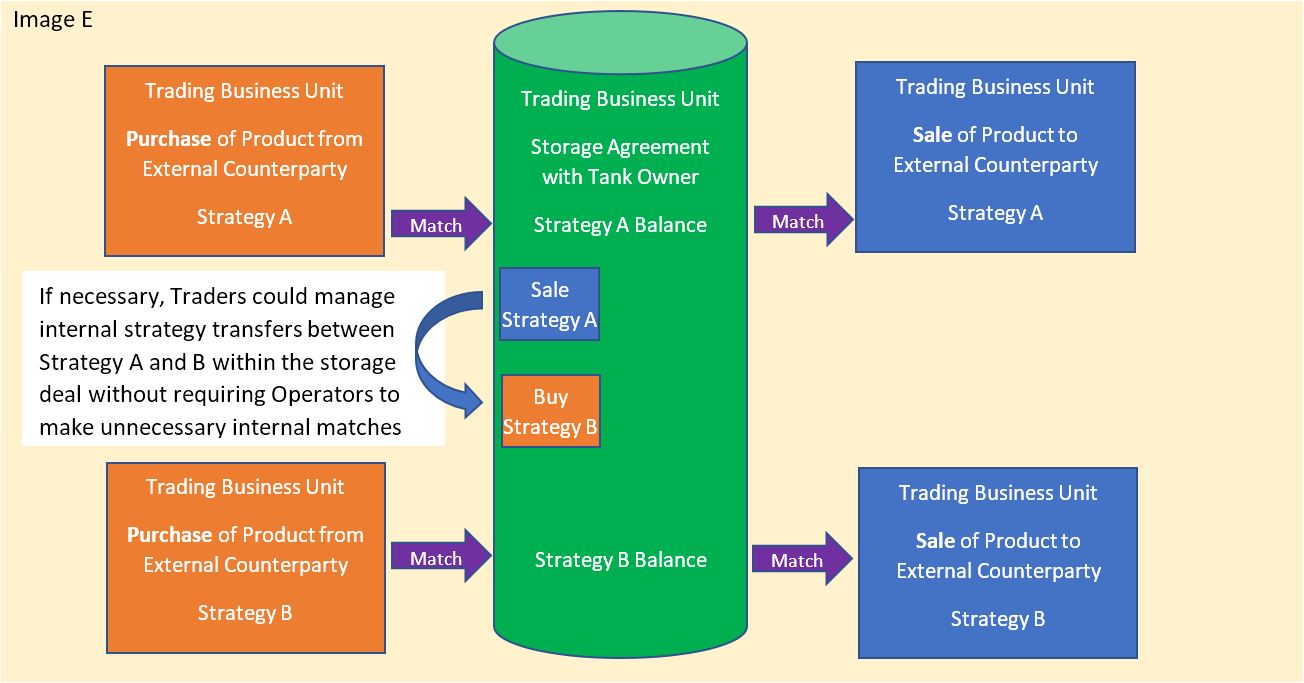by Fred Reimer
Several of the world’s top commodity players have been working with OpenLink to innovate and improve the Endur product for liquid and bulk commodities. The result, in Endur V16, is a much-improved solution that any player in the market should consider when selecting an E/CTRM product.
In the past, early adopters of Endur’s liquid and bulk solution often implemented the functionality as part of an overall enterprise risk management solution where OpenLink’s best in class gas, power, metals, or treasury functionality was the primary driver. To address gaps in these early versions, liquid and bulk solution users often faced additional complex customization and co-development efforts.
Those lessons-learned have led to the significant improvements in v16 which will provide users with a relatively standard solution, but some of its new features will provide existing and new clients with challenges to be managed while implementing.
Below we will highlight below some of the best new features in v16, but also the critical topics that both existing and new users will need to consider when upgrading or implementing in v16 to ensure a successful project.
New features in Endur v16 improve business operations by enabling:
- Traders to maintain smooth and easily reconcilable profit and loss reporting at the trading strategy level even through transportation and inventory without P&L swings
- Traders and Operators to eliminate reconciliation issues associated with internal trading and scheduling between business units, books, or strategies
- Operators to only capture real movements, instead of worrying about creating movements for internal risk reconciliation
- Operators to manage both bulk and container inventory
- Risk Managers to see the most precise real-time view of physical and financial exposures in their value-chain
- Back Office and Accounting Team Members to easily and accurately manage the provisional and final invoicing process
- Implementation and “Business as Usual” Team Members to get the solution up and running very fast, due to the dependability of the standard product
Although the product has been made much more core and standard, it is critical to utilize best practices in business and technical design phases so that the processes and configurations that are implemented will maximize the ROI that can be extracted from a project. Users may also want to consider adopting business processes that will enable them to avoid customization work.
As a result of the features in v16 and the unique characteristics of each business, the areas that we have found requiring the most guidance from our subject matter experts are:
- Business unit, portfolio, and strategy structure set up to help manage VaR and other risks in the most standard and effective way possible (Note: this will be further detailed later in this article)
- Interactions, trading, and cost transfers between commodity and chartering/shipping operations
- Utilizing formula pricing to support spot and term trade contractually negotiated prices
- MTM valuation and physical formula pricing set up to most accurately reflect the risks that the business is taking on
- Designing PnL reporting for the value chain, especially when a commodity is transforming (e.g. Natural Gas to LNG, Refined Products Blending, Metal Concentrates to Blister, etc.). This may be reported directly in the solution, consolidated into Endur from various systems via interface, or extracted from Endur into a data warehouse
- Setting up real-time reporting in APM (Active Position Management) for Physical Positions and Delta Exposure Reporting
- Internal transfer pricing management between business units, books, and strategies
- Estimated and actual fee management that allocate costs to the correct value chain
- More complex operations management for: blending, warehouse management, liquefaction, regasification, and refinery management
As mentioned, depending on business processes, these areas may be implemented in a standard way or they may still require a level of customization which our team has experience with.
Below and in subsequent articles, we will provide further details about what users should consider when applying best practices to their liquid and bulk implementations.
Best Practices for Implementing Liquid and Bulk in Endur v16 and above with minimal customizations
Setting up Business Unit, Portfolio, and Strategy Structures for businesses with inventory
As many already know, Endur’s trading instruments and reporting work best when there is a single internal business unit and portfolio (e.g. Book, Desk, etc.) associated with a deal (e.g. trade, instrument). However, in v16 some of the internal trading and strategy improvements that have been introduced make it possible to schedule many strategies into the same Storage Deal (i.e. COMM-STOR) which indirectly enables users to have positions for multiple business units and portfolios on the same deal.
This may happen if many different business units or portfolios are associated with the same tank, warehouse, plot, etc. The reason why this is a problem is because many of the standard results that Endur has for risk like VaR, Delta, PnL Detail, etc., expect there to be only one business unit and portfolio per deal. This could be dealt with by introducing customizations to simulations results, but we would recommend that clients avoid this complexity by setting up their Business Unit, Portfolio, Strategy, and Deal Structures in a way that utilizes the standard features in v16.
In addition to this reporting/inventory consideration, using a more standard structure will enable users to take advantage of new internal trading and scheduling features to streamline their operations.
Here are some questions that you could ask during business design to help determine if you should consider instituting some business change during your project:
- Do you have inventory?
If NO, just focus on setting up your structures to best utilize internal trading, internal scheduling, and other features. Our recommendation is to typically use the approach in Image A:
- If YES, then within your supply chain, when it comes to managing inventory, do you transfer your product into a separate business unit and/or portfolio?
- If NO, your supply chain may be simple and look like the flow in Image B. However, you may have multiple strategies using the same inventory, which will be then covered by approach in Image E.

- If NO, your supply chain may be simple and look like the flow in Image B. However, you may have multiple strategies using the same inventory, which will be then covered by approach in Image E.
- If YES, could you consider changing to have inventory positions put into their own strategies instead of putting them into their own business unit and/or portfolio? Or is it possible to change to schedule your trading strategies through inventory?
- If NO, you will still be able to implement in a standard way and avoid some customizations if you create internal physical trades between these different business units or portfolios, but you will not be able to use some of the new inventory features. An example of what your supply chain may look like is in Image C:

- If NO, you will still be able to implement in a standard way and avoid some customizations if you create internal physical trades between these different business units or portfolios, but you will not be able to use some of the new inventory features. An example of what your supply chain may look like is in Image C:
- If YES, would multiple trading strategies use the same physical inventory tank, warehouse, plot, etc?
- If NO, that’s okay you just won’t need to utilize some of the new inventory balance by strategy features and your supply chain may look like Image B. Or if you wanted to isolate your inventory activity in a strategy itself, your supply chain could look like Image D:

- If YES, you will be able to use the new inventory balance by strategies features within a single storage deal as seen below in Image E:

- If NO, that’s okay you just won’t need to utilize some of the new inventory balance by strategy features and your supply chain may look like Image B. Or if you wanted to isolate your inventory activity in a strategy itself, your supply chain could look like Image D:
These structures and new inventory capabilities should be considered at the very beginning of your project so that you can be set up for success and avoid costly customizations or re-design later in the project.

